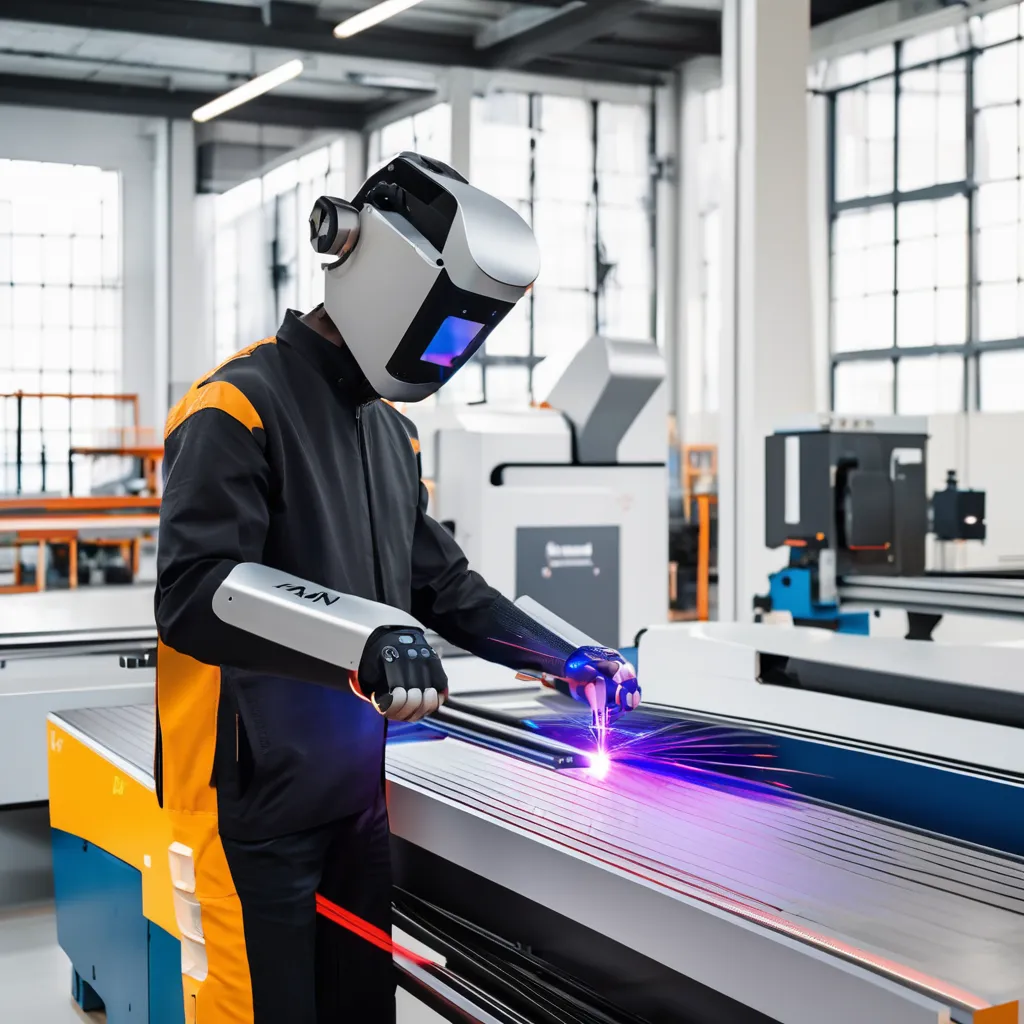The Future of Laser Cutting: How AI and Automation are Changing Manufacturing

The Future of Laser Cutting: How AI and Automation are Changing Manufacturing
Laser cutting has long been an essential technology in various industries for precise and efficient material cutting. However, as artificial intelligence (AI) and automation advance, laser cutting is undergoing significant changes that are transforming manufacturing processes in many ways.
AI Integration in Laser Cutting
AI is revolutionizing laser cutting by enabling systems to adapt to different materials and working conditions. With machine learning and data analysis, AI optimizes cutting parameters like laser power, speed, and focus, resulting in improved precision and efficiency. The ability to make real-time adjustments based on the material's behavior leads to better-quality cuts and fewer errors. For example, a company like Trumpf, a global leader in laser cutting technology, uses AI to fine-tune its laser cutting machines, enabling them to identify the optimal parameters for various materials. This has resulted in faster cutting times and reduced material waste.
Automation in Laser Cutting
Automation, paired with AI, is reshaping how laser cutters are integrated into larger manufacturing lines. Automated systems and robotic arms can load and unload materials, handle parts, and even perform quality control tasks, significantly reducing the reliance on human labor. This automation increases production speed while maintaining high standards of precision. An example of this is BMW's use of automated laser cutting systems in their production plants. Robots work alongside laser cutting machines to perform tasks such as cutting car parts and assembling intricate components, leading to a faster, more efficient manufacturing process.
Benefits for Manufacturing
-
Increased Precision and Quality: AI and automation provide greater control over the cutting process, resulting in consistently high-quality products with fewer defects.
-
Cost Reduction: By optimizing processes and reducing the need for manual intervention, manufacturers can lower their production costs, improving overall efficiency and profitability.
-
Flexibility: AI-powered systems are capable of quickly adjusting to new designs or changes in material types, giving manufacturers more flexibility and the ability to respond rapidly to market demands.
The Future of Laser Cutting
Looking ahead, the future of laser cutting promises to be smarter and more integrated. AI-driven systems are expected to become self-learning, predicting potential issues and preventing downtime by detecting faults before they occur. Laser cutting technology will increasingly be part of fully automated manufacturing lines, where every stage of production—from material handling to quality assurance—can be automated and optimized. Companies like Siemens are already developing smart factories where laser cutting is seamlessly integrated with other automated systems for maximum efficiency.
Conclusion
AI and automation are changing the landscape of laser cutting, opening new possibilities for improving production efficiency and product quality. As these technologies continue to evolve, the future of laser cutting will become more intelligent, flexible, and integrated, leading to smarter manufacturing processes that meet the demands of tomorrow’s industries. The examples from companies like Trumpf, BMW, and Siemens illustrate how these advancements are already taking shape in real-world manufacturing, and it's only the beginning.
